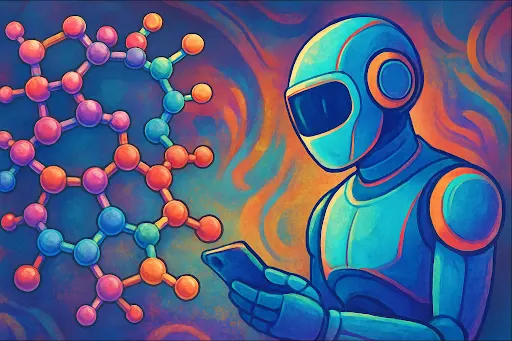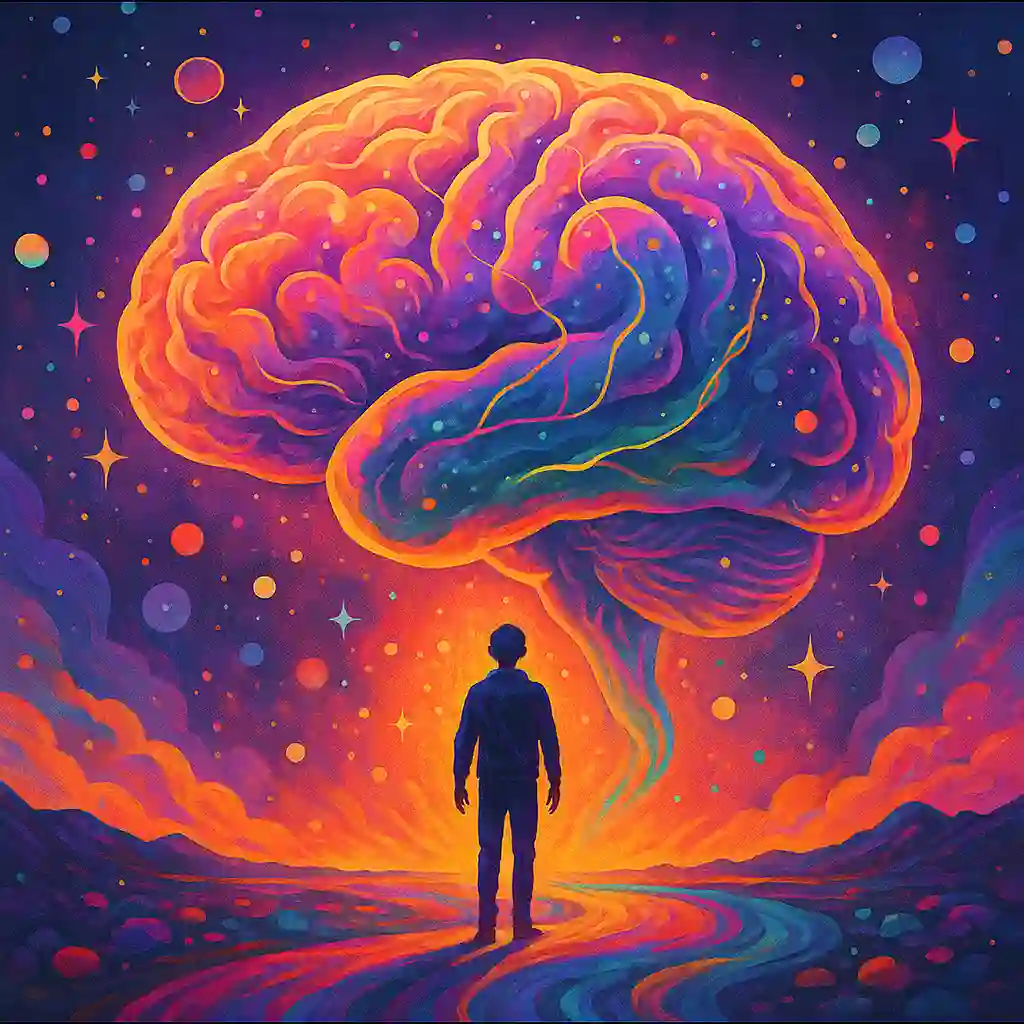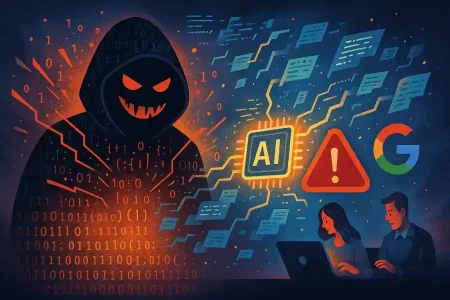With AlphaFold and machine learning in the mix, we’re entering an era of precision exploration, where the next breakthrough treatment might be born in code, not in a beaker or round-bottom flask.
It’s not every day that artificial intelligence stumbles into a psychedelic trip, but here we are. In a surprising twist of machine learning meets molecular chemistry, researchers have used DeepMind’s AlphaFold, originally built to predict protein structures, to identify thousands of potential psychedelic compounds. Yes, you read that right.
What started off as a breakthrough in decoding biology’s 3D puzzles has now become a treasure hunt for previously undiscovered psychedelic compounds that could possibly reshape how we treat mental health conditions like depression, anxiety, and PTSD. And unlike traditional trial-and-error drug discovery, this one happened inside a computer, in a fraction of the time. The molecules may still need lab validation, but the message is clear: AI isn’t just writing poems and designing images, it’s helping scientists rewrite the future of medicine, molecule by molecule.
AlphaFold and the art of molecular matchmaking

DeepMind’s AlphaFold has already made headlines for solving one of biology’s oldest puzzles, how proteins fold. These complex shapes matter because they determine how proteins interact with everything, including potential drugs. Now, that same AI is being used to explore how thousands of different molecules might engage with the brain’s receptors, especially those involved in mood, cognition, and perception.
Researchers have zeroed in on targets that psychedelics like psilocybin or LSD typically activate, like serotonin receptors, for example. However, instead of mixing chemicals in a lab, they ran molecular simulations at scale, screening compounds virtually and flagging those that looked like they might bind in promising ways. This isn’t guesswork; it’s high-resolution, AI-assisted modeling that points directly to which compounds are worth pursuing in the real world.
What makes this so game-changing is speed. Traditional drug discovery might take years just to find one viable candidate. Here, AlphaFold helped scientists map out a virtual universe of chemical possibilities in a matter of weeks. And many of the hits weren’t just theoretical; they resembled known psychedelics in function, but with chemical tweaks that could improve safety, stability, or legality.
In other words, AI isn’t just copying nature, it’s remixing it. That opens the door to new treatments for depression, trauma, and anxiety that retain the therapeutic benefits of psychedelics without their legal baggage or unpredictable effects. For the pharmaceutical industry, it’s a goldmine. For patients? It might be the first real shot at breakthrough mental health care in decades.
Are we on the edge of an AI-powered psychedelic revolution?

The term “psychedelic revolution” used to conjure images of tie-dye shirts and free love. Today, it’s starting to look more like a server rack and a lab coat. While psilocybin and MDMA inch toward medical legitimacy in clinical trials, AI is opening up an entirely new path forward, one that doesn’t rely on rediscovering old drugs but inventing new ones altogether. And not just a handful. We’re talking tens of thousands of novel compounds that could, in theory, offer the same therapeutic punch without the unpredictable trips, stigma, or logistical hurdles.
Many of these are functional analogues, meaning they mimic the desired brain activity while sidestepping the visuals, the highs, and possibly even the regulatory headaches. It’s a psychedelic revolution, minus the baggage, and with algorithms leading the charge, not chemists with Bunsen burners.
Of course, we’re not there yet. None of these molecules has passed human trials. Most haven’t even been synthesized in a lab. But the scale and speed at which they were discovered changed everything. In the old model, drug discovery was like fishing in the ocean with a fishing line and a hook. Now it’s like scanning the whole sea with sonar, tagging the most promising “fish” and zapping them all with lasers at the same time. That doesn’t mean every catch is a keeper, but the odds just improved dramatically. And if even a few of these molecules translate into safe, scalable treatments, AI won’t just be revolutionizing drug discovery, it’ll be revolutionizing how we understand and heal the mind.
Deep learning to Deep healing!
The psychedelic compounds discovered by AI aren’t ready for pharmacy shelves, but they mark something big: a turning point in how we approach mental health. Until now, drug discovery meant slow progress, high costs, and a whole lot of luck. With AlphaFold and machine learning in the mix, we’re entering an era of precision exploration, where the next breakthrough treatment might be born in code, not in a beaker or round-bottom flask.
While it’s still early days with theoretical compounds and a long clinical journey ahead, the sheer scale of discovery is an example of AI growing from merely automating tasks to expanding human possibility. This isn’t even about folding proteins anymore. We’re unfolding entirely new frontiers in science, therapy, and consciousness. If that’s not a trip worth taking, we don’t know what is.
In case you missed:
- NVIDIA’s Isaac GR00T N1: From Lab Prototype to Real-World Robot Brain
- CDs are making a comeback, on a petabyte-scale capacity!
- Training AI for Pennies on the Dollar: Are DeepSeek’s Costs Being Undersold?
- The Sodium-Ion Breakthrough That Could Unplug Lithium’s Reign
- Toyota’s Liquid Hydrogen-Powered “GR H2” Race Cars
- China Builds World’s Largest Neuromorphic Supercomputer: Darwin Monkey
- Could Contact Lenses be the Key to Fully Wearable BCIs?
- India Brings AI to Its Aatmanirbhar Weather Forecasting
- Apple’s “Awe-Dropping” Event: iPhone Air, iPhone 17, AirPods Pro 3 and More
- India’s first Aatmanirbhar Chip Fab: TATA leads the way!










